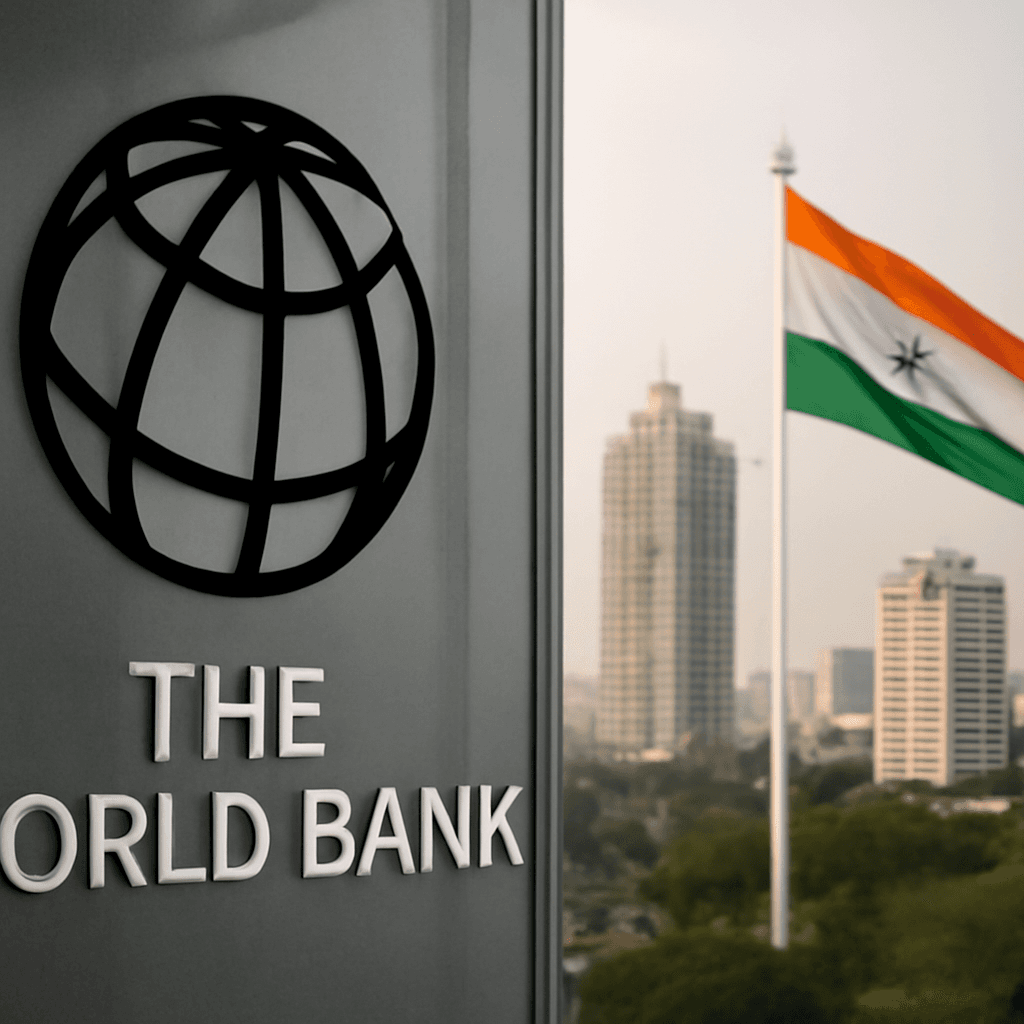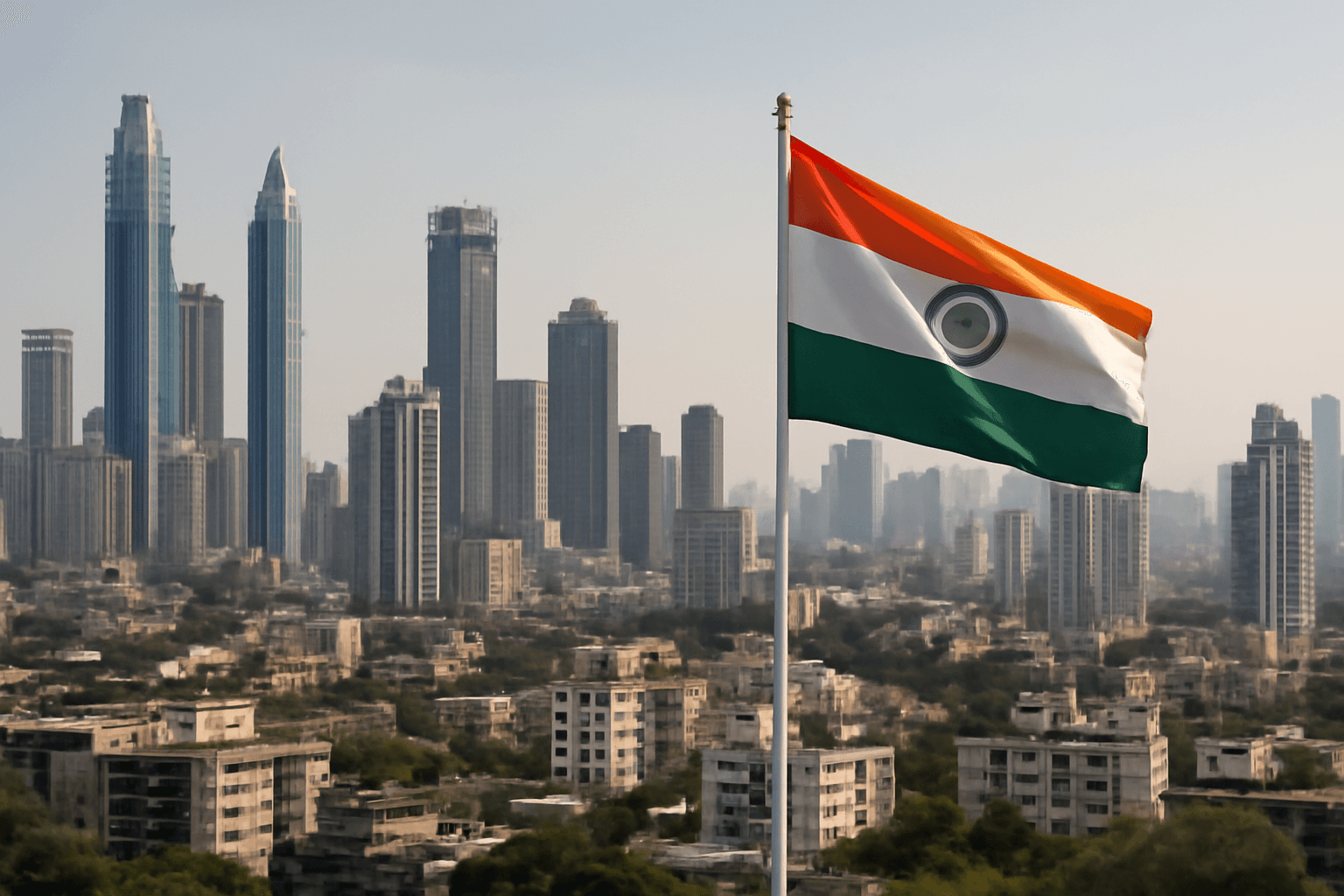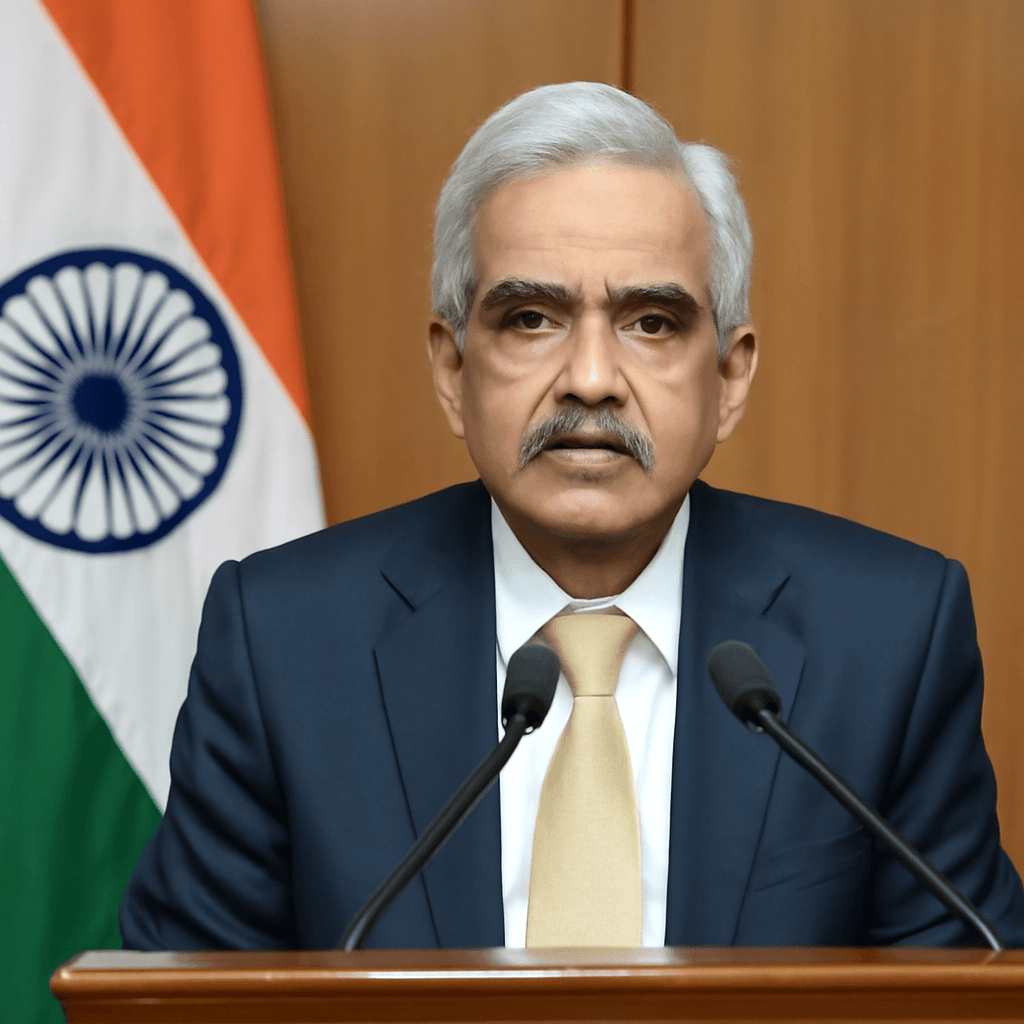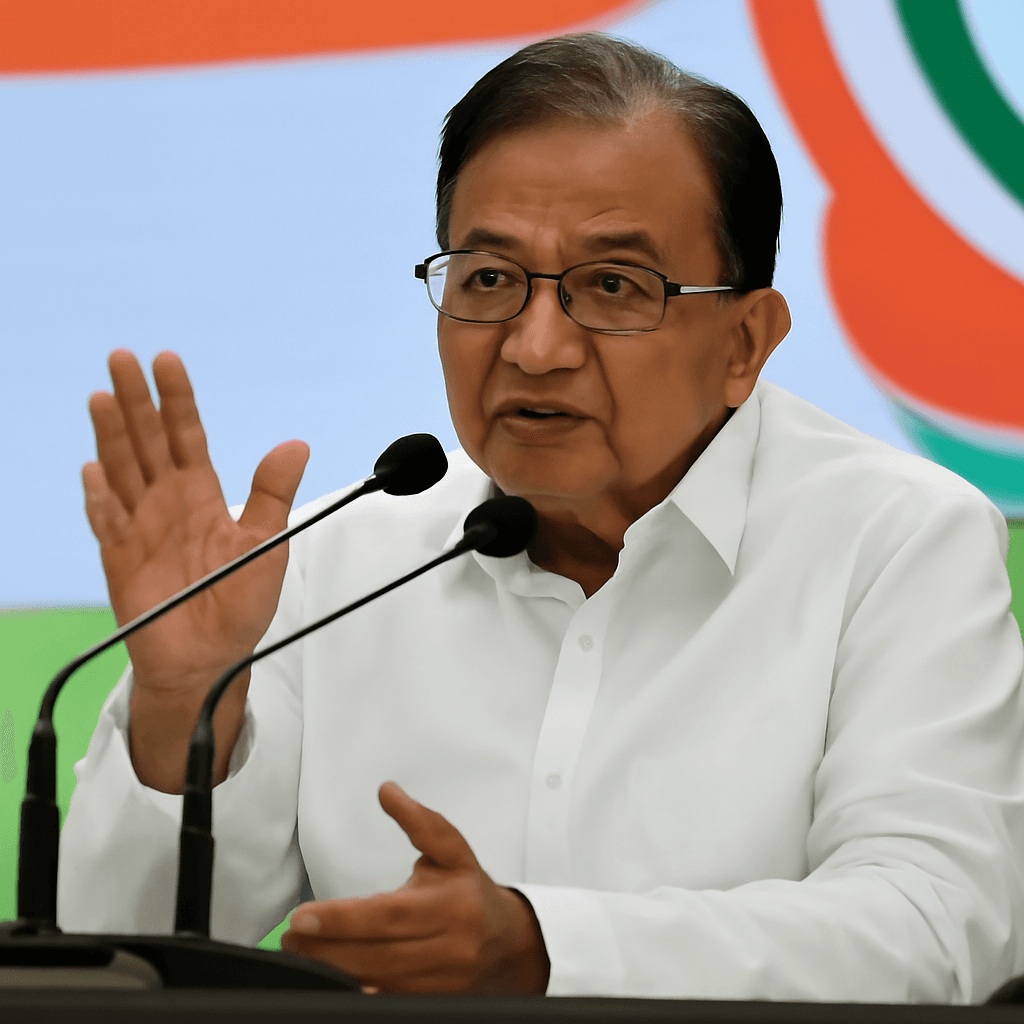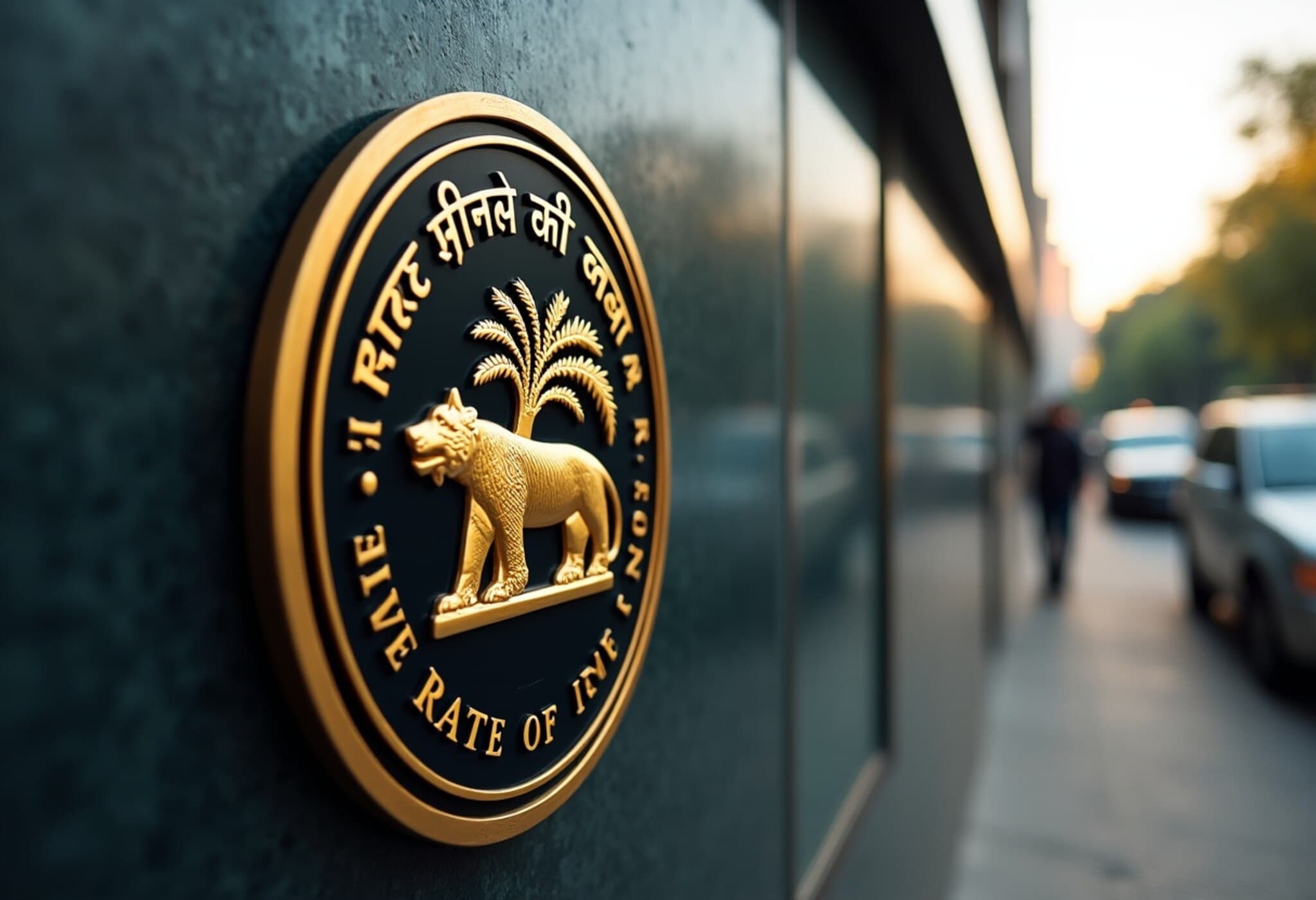World Bank Keeps India's FY26 GDP Growth Forecast Steady at 6.3%
The World Bank has reaffirmed its forecast of 6.3% GDP growth for India in the fiscal year 2025-26. Despite uncertainties clouding global trade and investments, India is expected to remain the fastest-growing major economy worldwide.
Global Challenges Cloud Economic Outlook
In its latest Global Economic Prospects report, the World Bank highlighted a sharp reduction in growth expectations for nearly 70% of the world’s economies, attributing this to rising trade tensions and policy unpredictability. The forecast for global growth in 2025 has been cut to 2.3%, marking the slowest pace since 2008 outside of recession years.
The slowdown is linked primarily to weakening export activity in key trading partners and escalating trade barriers. Investment growth is also projected to decelerate amid elevated global policy uncertainty.
India's Growth Trajectory Amid Global Headwinds
Although India’s GDP growth forecast has been slightly downgraded by 0.4 percentage points relative to earlier January projections, it still outpaces other major economies. The World Bank estimates a growth rate of:
- 6.3% in FY2025-26
- 6.5% in FY2026-27 (a 0.2 percentage point cut)
- 6.7% in FY2027-28, driven partly by robust services and an export recovery
Global Growth: The Slowest Decade Since the 1960s?
The report warns that unless trade frictions ease, the global economy could face the slowest average growth in over 60 years. Growth is projected to inch up only modestly to 2.4% in 2026 and 2.6% in 2027.
“Outside Asia, the developing world is becoming a development-free zone,” noted the World Bank’s Chief Economist. Growth in these economies has steadily declined from 6% annually in the 2000s to below 4% in the 2020s.
Trade Tensions and the Way Forward
Recent tariff conflicts, including reciprocal levies and export controls between the US and China, have heightened financial market volatility. However, ongoing diplomatic efforts could help mitigate these issues.
The World Bank’s analysis suggests that resolving trade disputes and halving tariffs could boost global growth by about 0.2 percentage points during 2025-26.
India’s Domestic Policy Response
India’s Reserve Bank responded proactively with a larger-than-expected 50 basis-point cut in the policy repo rate, bringing the cumulative reductions to 100 bps this year and lowering the rate to 5.50%. This move aims to stimulate private consumption and investment, sustaining economic momentum as headline retail inflation remains benign at an expected 3.7% in FY26.
While the RBI maintains a GDP growth forecast of 6.5% for the current fiscal, many independent economists anticipate growth closer to 6%, with the government’s own estimates ranging between 6.3% to 6.8%.
Persistent Fiscal Discipline and Debt Management
Despite the slowdown, fiscal consolidation is expected to continue, supported by rising tax revenues and restrained current expenditures. The public debt-to-GDP ratio is projected to decline gradually.
The government plans to institute a formal target for the debt-to-GDP ratio starting April 2026, aiming to reduce it to around 50% by FY31, down from an estimated 56.1% in FY26.
The Road Ahead
India’s economy demonstrates resilience amid challenging global conditions, benefitting from stable inflation and policy support. Although worldwide growth prospects appear subdued, easing trade tensions and continued domestic stimulus could help sustain progress.

